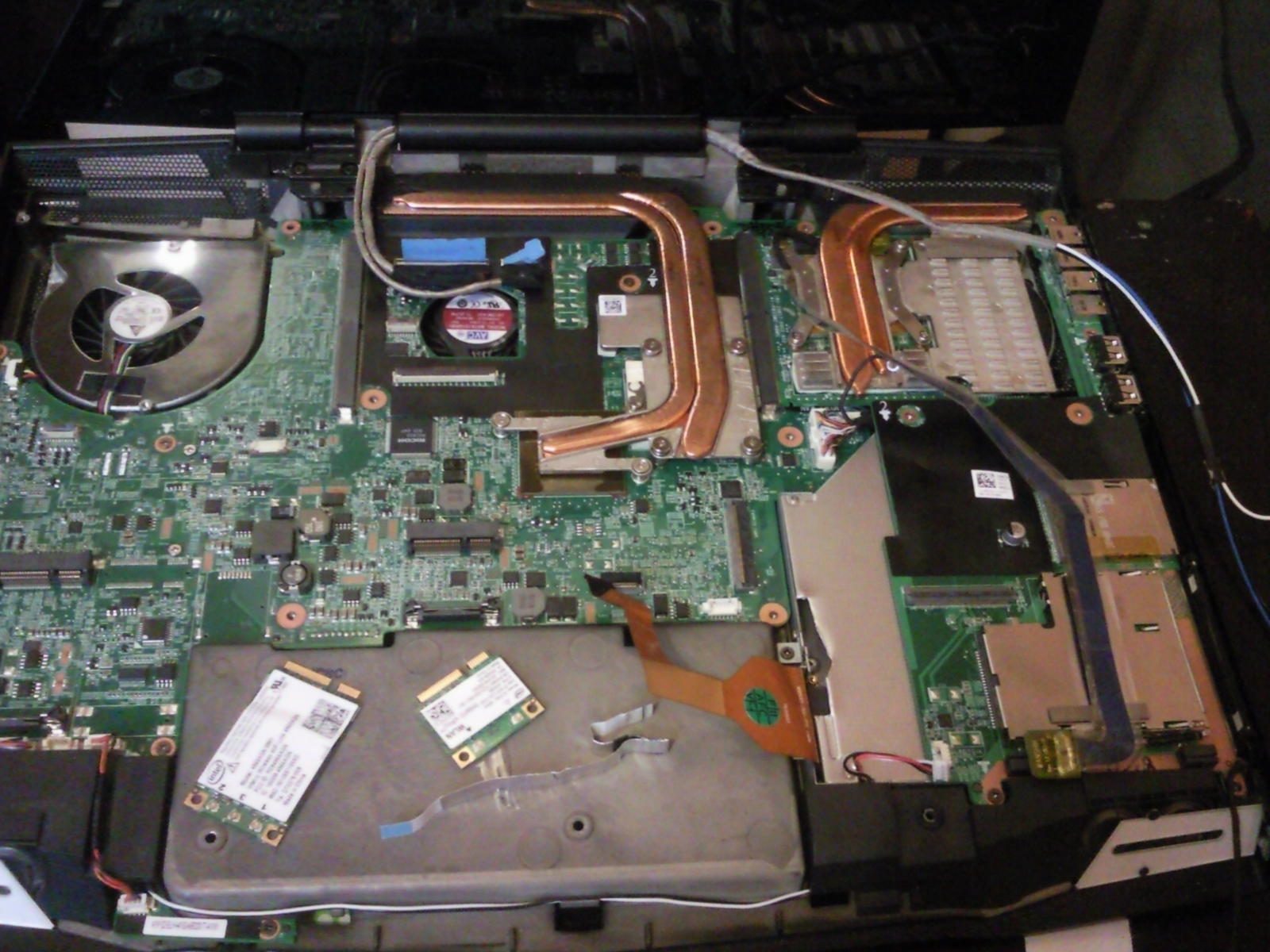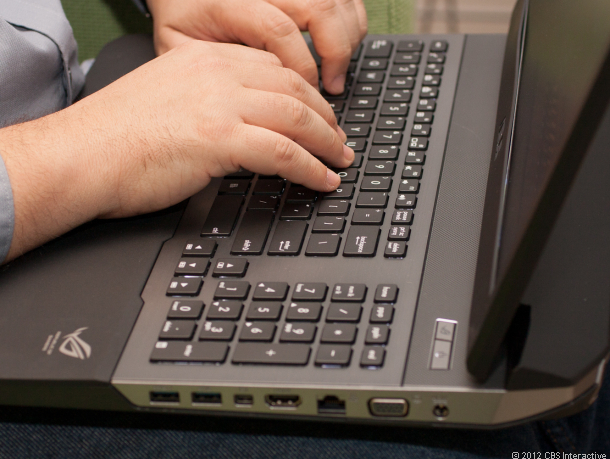The smartphone industry, or the cellular phone industry as a
whole, underwent tremendous changes in the last few years. Some startup
companies in China have sprung up, taken shape, and rose to international fame.
Xiaomi first came around in 2010 and, after three generations of Mi
smartphones, launched international operations in 2013. Though relatively
newer, OnePlus is another startup that has received much attention and
salutation. Who doesn’t like high-end phones priced lower than most mid-range
ones? One thing we need to take note is that no matter how much attention
flagship phones like HTC One and Samsung Galaxy S5 get, it is their lower
priced siblings that drive the quick growth of smartphones. About one-third of
the smartphones sold in the past year, according to International Data
Corporation (IDC), cost less than USD150. In view of such a situation, Xiaomi
launched two lines of products: the high-end Mi phone, which is in its 4th
iteration this year, and the lower-end Redmi. The latter composes of two
products: the Redmi 1S, costing around USD97 (CNY599), and its larger sibling
Redmi Note, priced at a slightly higher USD146 (CNY899). Both do not exceed the
USD150 price range.It is not difficult to see that in developing markets,
people are less willing to pay for a phone with a hefty price tag. This is also
the case for the biggest smartphone market, China. The pricing of a new product
is key to its sales. Both OnePlus One and Mi4 are priced at CNY1999 (~USD325). Meizu’s
new flagship, MX4, comes at a slightly cheaper CNY1799 (~USD292). IDC estimates
that, in 2013, the average price people paid for a smartphone is USD335. Having
said that, I think it must be bold for a startup to price their new device at a
much higher CNY3000 (~USD488). That's what the Beijing-based company Smartisan did. In May,
it launched its first-ever device, the Smartisan T1, in front of 5,000 people. The
launch event was much anticipated since the company founder, Mr Luo, had touted
his new phone many times, after mocking other Chinese smartphone makers for
their ‘lack of taste’ and ‘bad design’.
 |
| Mr Luo Yonghao at the launch event of the Smartisan T1 |
A former English teacher, Luo was already a well-known
personality in China. The humorous teaching style he adopted when he taught at XDF,
a Chinese education corporation, had been applauded by many. His fame was
greatly boosted after the student-recorded videos of his lectures were released
online in 2003. Since then, he has toured around China and gave speeches at
various universities. To many people, he’s a familiar figure. But to the
smartphone industry, he’s a newcomer.
Luo founded Smartisan Digital Co., Ltd. in 2012. Apparently,
Mr Luo used his personal fame as part of his tech company’s marketing strategy.
The unique way he touts his products by emphasizing their ‘high taste’ and ‘user-friendliness’,
while debasing the products of other Chinese smartphone companies, such as
Xiaomi and Meizu, became viral on Chinese media. He pictured himself as the
only one, after Steve Jobs, who stood at the crossroads of liberal arts and
technology. I picked some of his quotes on a popular microblogging site in
China, Weibo, and translated them.
‘I bought a dozen Android phones for testing. These include
some popular models made by Samsung, Motorola, Sony, HTC, Xiaomi, and Meizu
(all of which will be supported by our custom Android ROM). They, I shall say,
make me feel assured. Allow me to quote from myself. This (smartphone) industry
only had one smart guy (an allusion to Steve Jobs), but he’s not with us
anymore. The rest are some unlucky douchebags who entered the wrong line of
work, awaiting their downfall.’
‘I was just doing my job, trying to be a better self.
Consequently, many of my colleagues (in the smartphone industry) are going to
bankrupt. How tough is life!’
‘After we launch two or three generations of smartphones, it
should be easy for us to take out Apple. If two generations of our phones turn
out to be successful products, we will definitely launch the third in North
America. I’m not contented with running a business in China. That is nothing
fancy.’
Luo was, without doubt, a follower of Steve Jobs. He
believed he would create a momentum in the smartphone industry in a similar way
as Steve Jobs. People’s opinions toward Luo and his tech company soon divided.
Some continued to support him fervently, believing that Smartisan would come up
with revolutionary products. Others, especially users of other Android phones,
disliked his complacency and conceitedness. Nonetheless, he sparked people’s curiosity
and continued to receive attention.
Smartisan’s strategy was to launch their software first,
before marketing the hardware that is specially designed for the software. In March
2013, Smartisan launched Smartisan OS, a ROM of Google’s Android operating
system offered for free. Though still in its beta phase, it looked different
from any other Android ROM out there. Smartisan market its ROM by making the
unique 3-by-3 app interface and various other user-friendly features as USPs. A
more complete article on Smartisan OS features can be found here: http://www.engadget.com/2013/04/01/smartisan-os-luo-yonghao/.
Many people, including Engadget, were impressed of the
features of the Smartisan OS ROM. They subsequently had high expectations of
the Smartisan smartphone, due mid-2014. According to Techinasia, nearly 10
million people watched the launch event online on May 20, the day it was held.
 |
| The Smartisan T1, running Smartisan OS |
Specification-wise, the Smartisan T1 has everything a
flagship device should have: a 2.5GHz quad-core Snapdragon 801 chip, 2 gigs of
RAM, 4.95-inch 1080p screen from JDI, a 13-megapixel f/2.0 camera, using Sony's
IMX214 sensor, a Texas Instrument OPA2604 op-amp chip to boost audio
performance, a 2,570mAh battery, and 3G compatibility. A detailed list of
specifications is attached below.
|
Memory
|
16GB or 32GB ROM (eMMC 5.0)
2GB RAM (LPDDR3, 933 MHz)
|
|
Dimensions
|
Height
141 mm
Width
67.74 mm
Depth
8.23 mm
Weight
~167 g
|
|
Processor
|
Qualcomm®
Snapdragon™ 801 (MSM8274AC) Quad-core Processor at 2.5 GHz
|
|
GPU
|
Adreno™ 330 at 578 MHz
|
|
Cellular
Network Bands
|
GSM
850/900/1800/1900 MHz
WCDMA
850/900/1900/2100 MHz
|
|
Wireless Network
|
802.11
a/b/g/n/ac WLAN, dual-band
Bluetooth
4.0
NFC
|
|
Display
|
JDI
4.95 inch Pixel Eyes™
1920
x 1080, 445 PPI
1000:1
contrast ratio (typical)
450
cd/m2 brightness (typical)
Anti-fingerprint
coating
|
|
Cameras
|
Front 5MP ƒ/2.4
aperture, 88° wide angle
Main 12.7 MP, ƒ/2.0 aperture
Sony
Exmor RS™ Imaging Sensor
LED
flash
Face
detection, panorama, HDR, burst shot
|
While the phone’s hardware specification meets the definition
of a flagship device, it does not stand out from today’s crowd of flagships. Luo
himself admitted that specs were not the emphasis when they designed the phone.
He thinks the phone’s uniqueness can be best reflected by two areas: the
Smartisan OS ROM, and the glass and metal design.
 |
| A close look at the Smartisan OS |
 |
| The back cover of Smartisan T1, made of Corning Gorilla Glass |
It is true that the flagship devices of Xiaomi, Meizu, and
OnePlus are mostly made of plastic. However, for phones with little profit
margins, I don’t see the need to go for designs that may incur higher costs,
only for the sake of ‘looking better’. Xiaomi and Meizu have improved their
design language and refined the manufacturing process over the years, and the
results are obvious. Put their newest devices alongside older ones, and you’ll
see how far they have gone from their original designs.
 |
Mi 1 (above) and its
younger siblings, Mi3 and Mi4 (below)
|
If Smartisan placed the T1 in the same category as the Mi4
and MX4, I would probably think it has a more premium look and feel. But the
truth is that the T1’s price is 1.5 times the price of Mi4. The slightly ‘better’
design does not justify the increase in price. Another important factor is that
Luo promised, again, that the exterior design would be beautiful beyond
imagination. After people got their hands on the phone, they found it bore a
similar design language as the iPhone 4, due to its front and back glass panels,
metal frame, and placement of speakers. Take a look.
A self-proclaimed believer of Steve Jobs’ philosophy, Luo managed
to reenact the design of his beloved iPhone 4 on his own product. Again, this
shouldn’t be a serious problem since many smartphones look alike nowadays. But Luo,
who claimed to have better taste and aesthetics than others, failed to impress
once more.
It’s amazing how people’s opinions toward things can be
shaped or even distorted. Luo created a grand vista for his smartphone empire. Many
also believed that he would come up with a brilliant device. However, based on
the estimated sales number of fewer than 60,000, I can hardly say that he met
his initial goal. In comparison, Xiaomi sold 26 million phones in the first
half of 2014. Furthermore, Luo’s marketing didn't stop at boasting. He blocked many
people online for pointing out the shortcomings of his smartphone as well as
the inconveniences they encountered when using the T1.
Personally, I don't hold any resentment toward startups. Yes,
they may lack experience, technological advantage, and collaborating companies,
but their emergence is a signal of a growing, healthy market. What I don’t like
is companies that frequently mock and attack others. Apple wasn't a startup
when it launched the original iPhone. Years of experience in hardware and
software design culminated in such a revolutionary product. Nevertheless, I was
never a fan of Apple’s way of mocking other companies such as Dell and
Microsoft, even after I became a user of the iPhone and iPad. It was humorous
indeed, but I don't like it. Whether others like it or not, our opinions cannot
prevent Apple from becoming what it is today.
As for Smartisan, I think they have made two huge mistakes.
First, the marketing of T1 is largely dominated by Luo himself. I rarely see
other members of the company market their phone in public. Whether or not Luo
is a conceited person in nature, his way of marketing made many people feel
that the T1 is nothing but a mediocre device with a large price tag. His
blocking of accounts that posted disapproving comments further boosted his
notoriety and provoked some buyers of the device. Second, the T1 was simply priced
too high. A key factor of Xiaomi’s success was its pricing strategy which
minimized the profit margin. Luo, however, still priced the T1 way above the
range it ought to be in. In the CNY3,000 (~USD488) to CNY4,000(~USD651) range,
there are last-gen flagships like the Samsung Galaxy S4, HTC ONE(M7), Sony
Xperia Z1, and Galaxy Note 3, all of which are from known and trusted brands.
Many current-gen high-end devices will enter this range soon later. Few with
such a budget would consider an overpriced phone from a startup.
To sum up, the smartphone industry is a highly competitive
and fast changing one. Long gone are the glorious days of Nokia, and some
companies like RIM (who owns the Blackberry line of smartphones) are struggling
for survival. Recent reports indicated that even Samsung is cutting its number
of workers due to unsatisfactory sales figures of the Galaxy S5. In such a
situation, building a name for your brand is not easy. Xiaomi did so after 4
years of rapid development. More importantly, it’s a company run by zealous
geeks who tirelessly improve their software and compress their profit margins.
I can imagine how it would be like if its run buy a braggart and offers
overpriced products.































.jpg)



